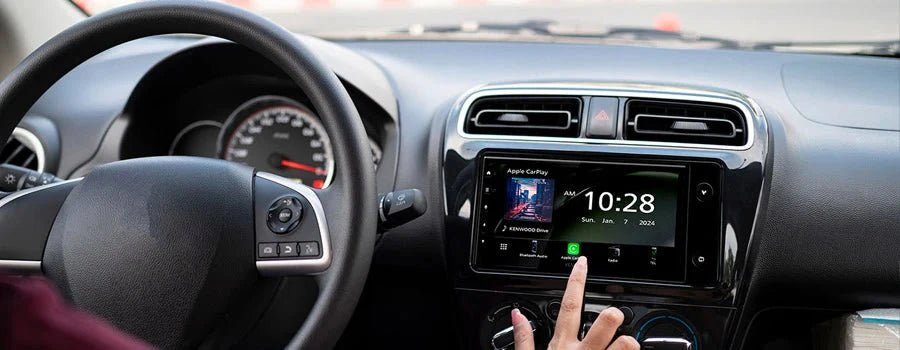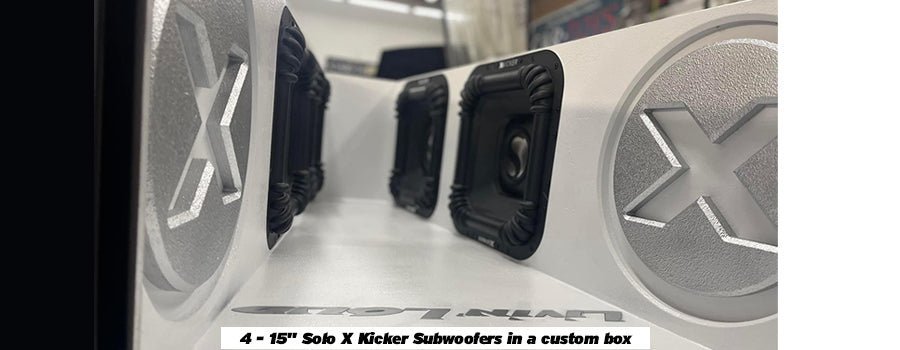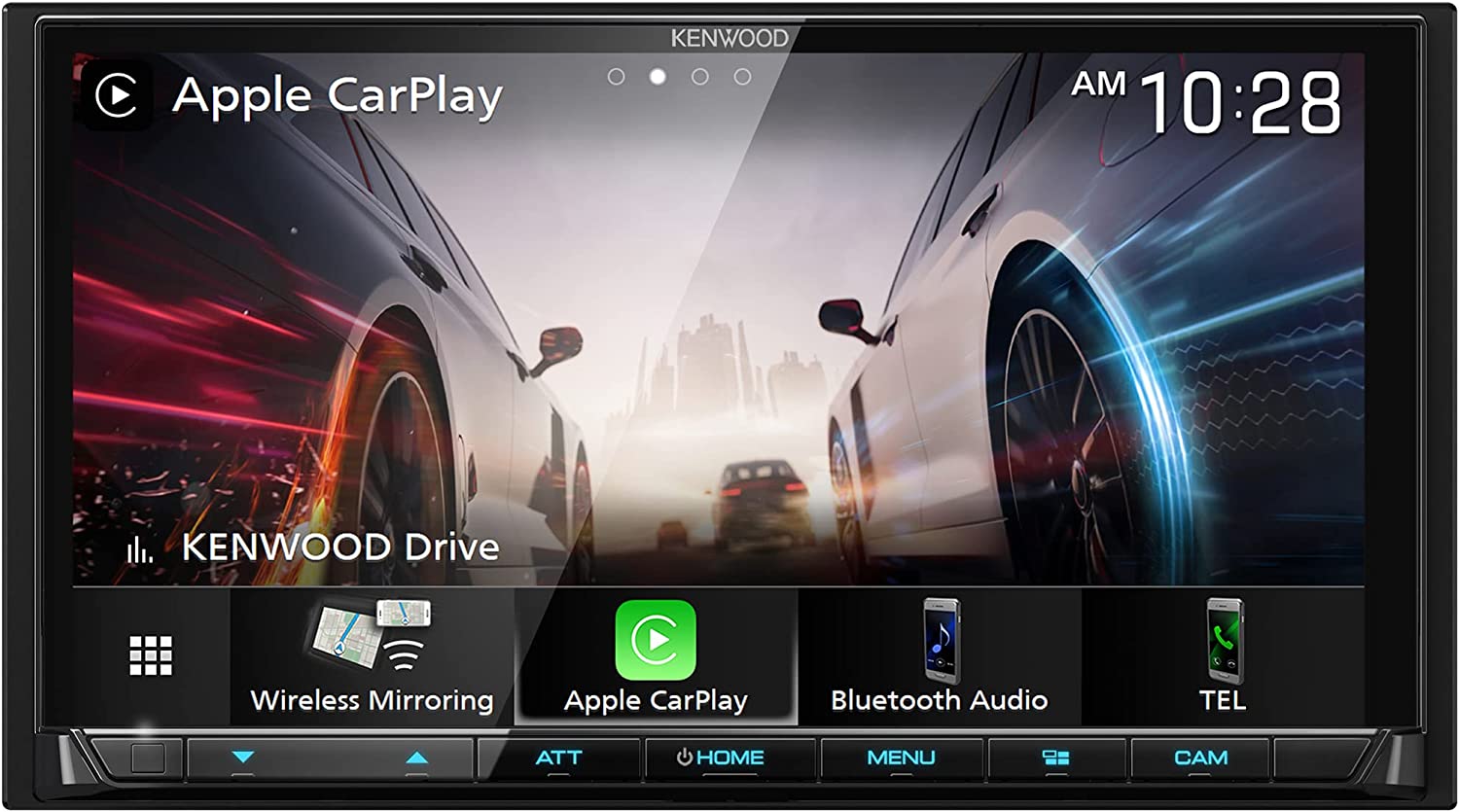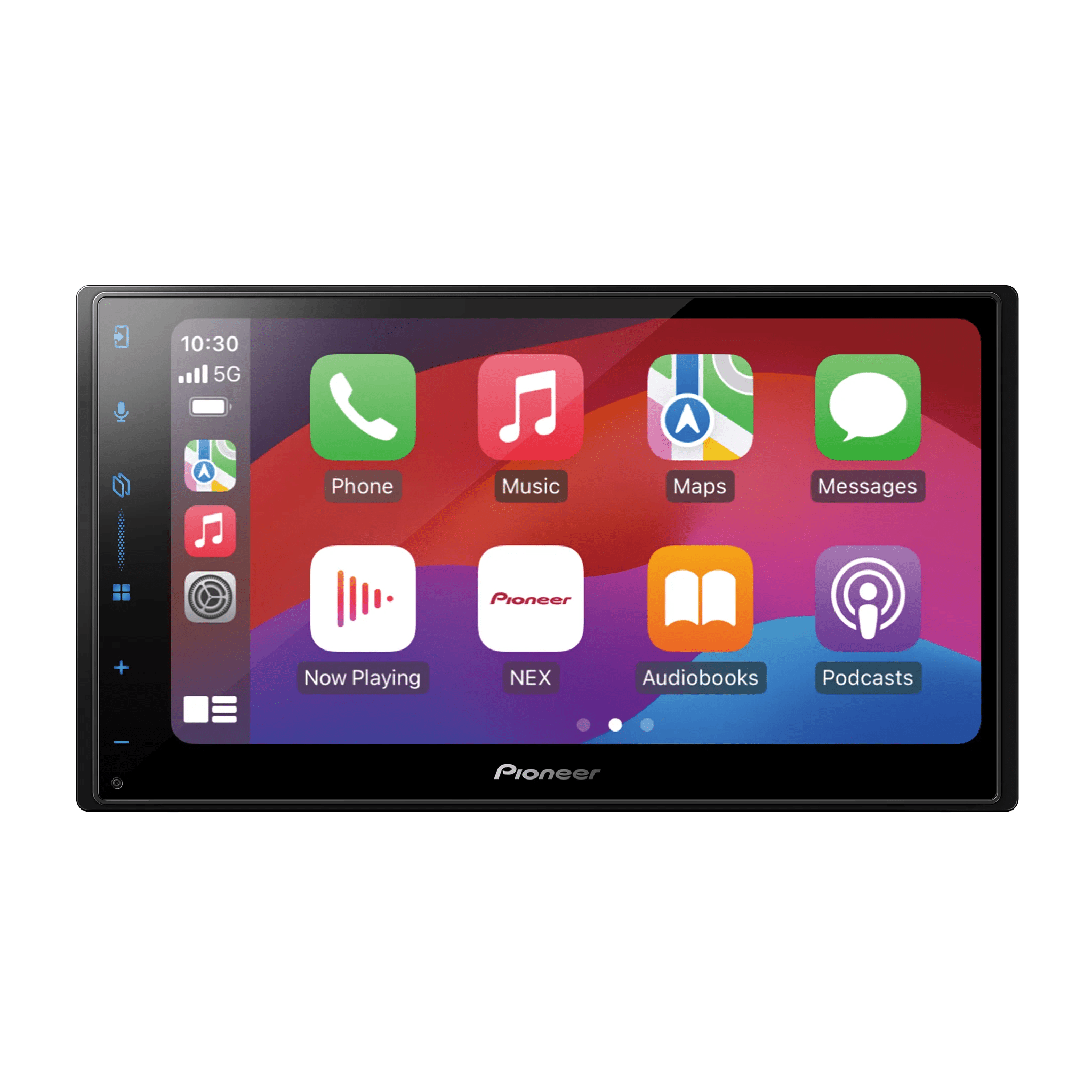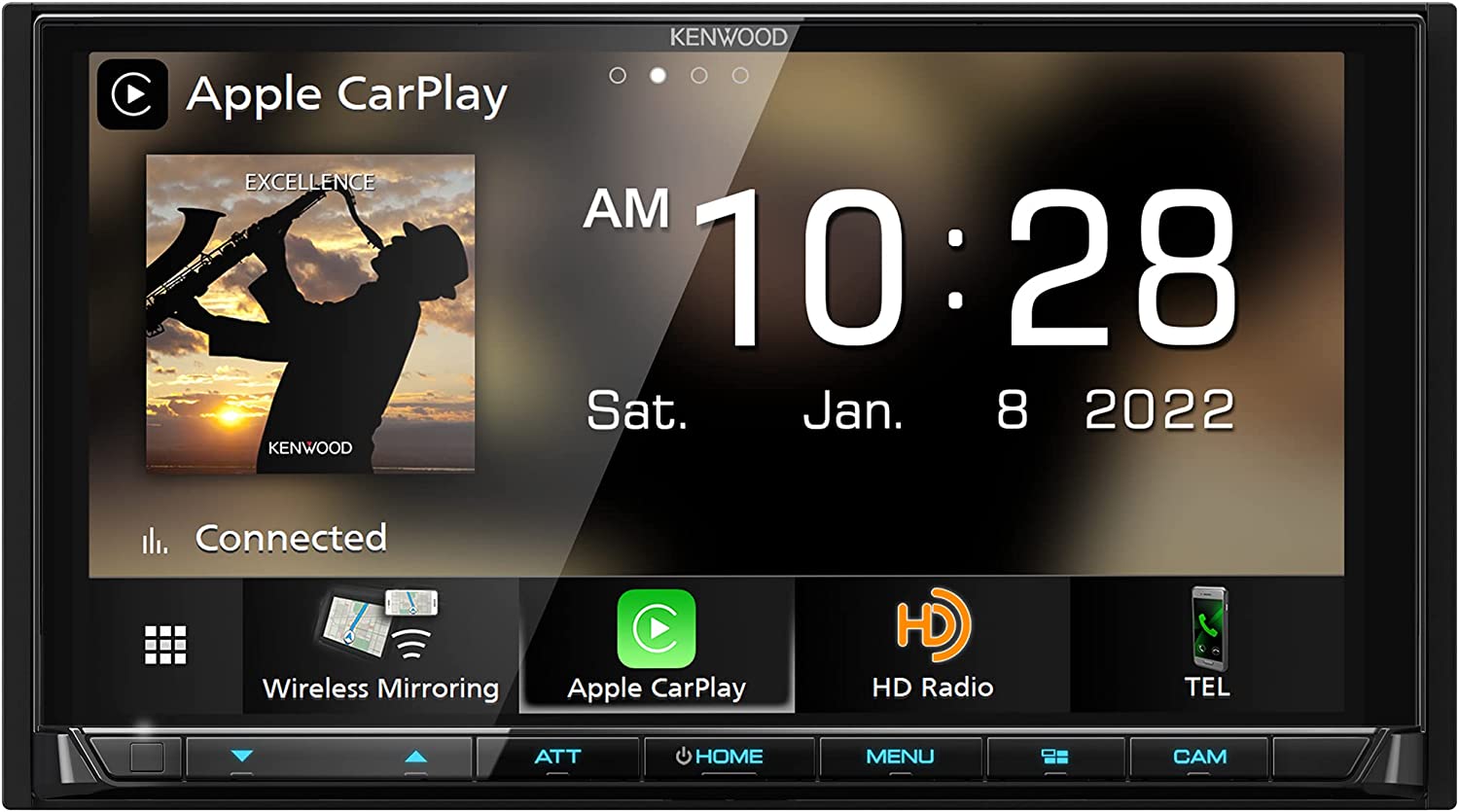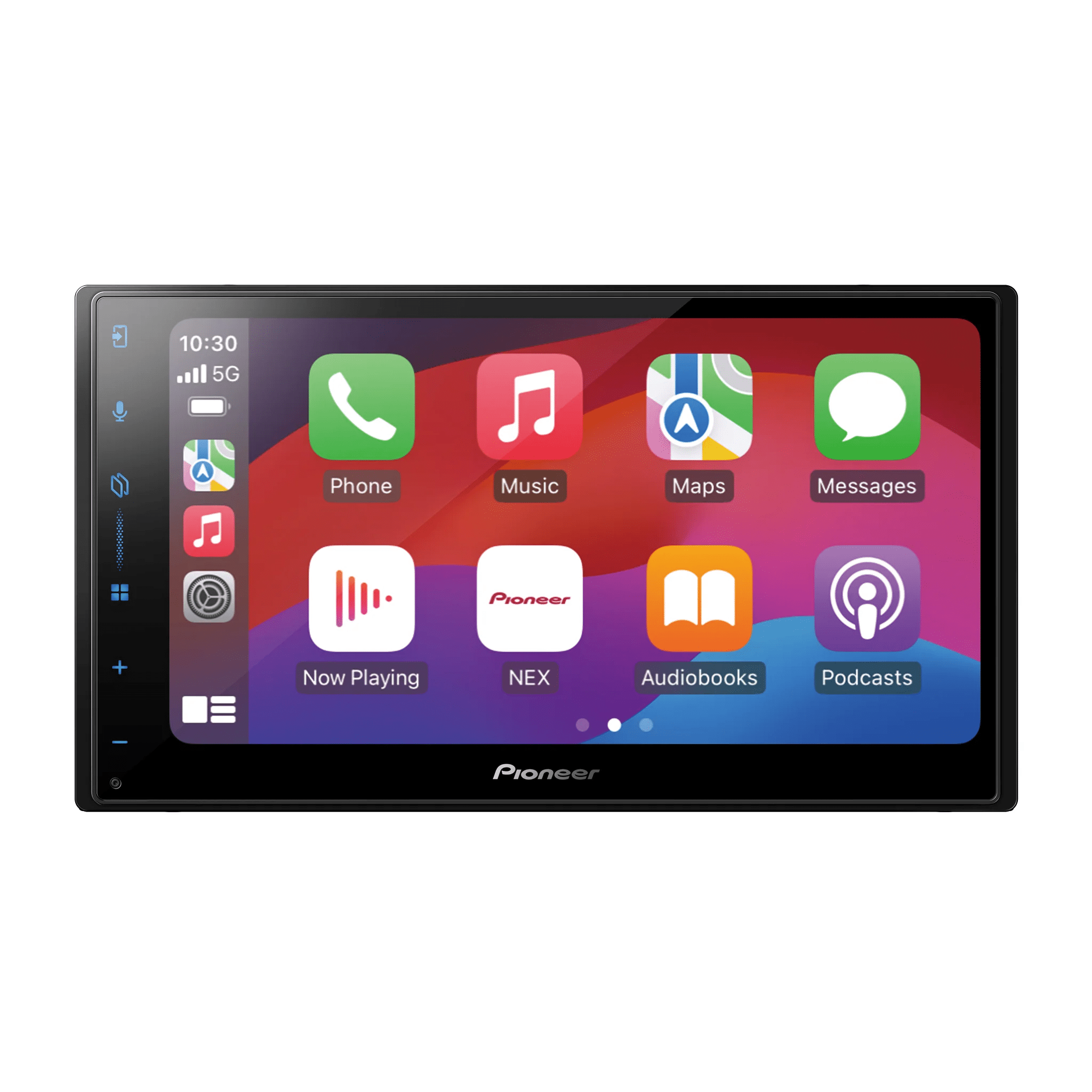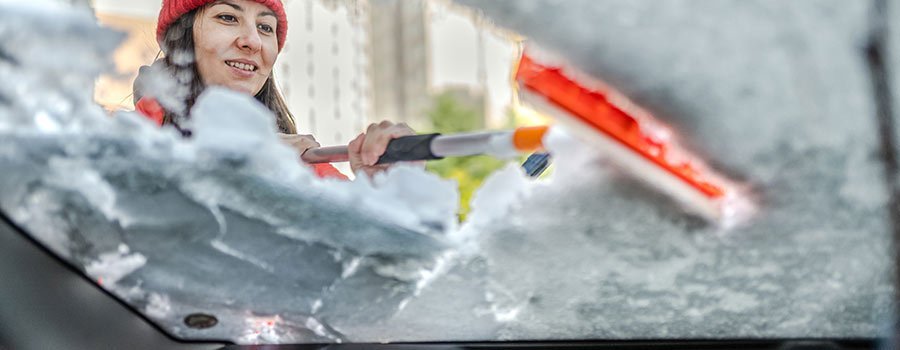
Complete Car Stereo Buying Guide
A car stereo is the brain of your entire mobile entertainment system. This is the component within your vehicle's audio system that controls what you listen to, how the media is delivered, the volume and tone etc. In addition to controlling your media there are a great number of units that can also interact with your smartphone, enabling you to have access to your messaging, phone calls, audio files, and even navigation. It’s best to think of your car stereo as the portal to your mobile entertainment world.
Today’s car stereos offer tons of features coupled with a whole lot of acronyms. It is understandable that you may have some apprehension about trying to figure out which receiver will work best for you. It’s not so intimidating if you think about what you want out of a new car stereo.
Ask yourself why are you wanting to upgrade your receiver? Sure there are several reasons; music streaming capability, connectivity, touchscreen display, navigation, or maybe you are planning on building a complete car audio system, the list goes on and on. Once you have determined what you are after you will be able to narrow your options down to a handful of choices.












